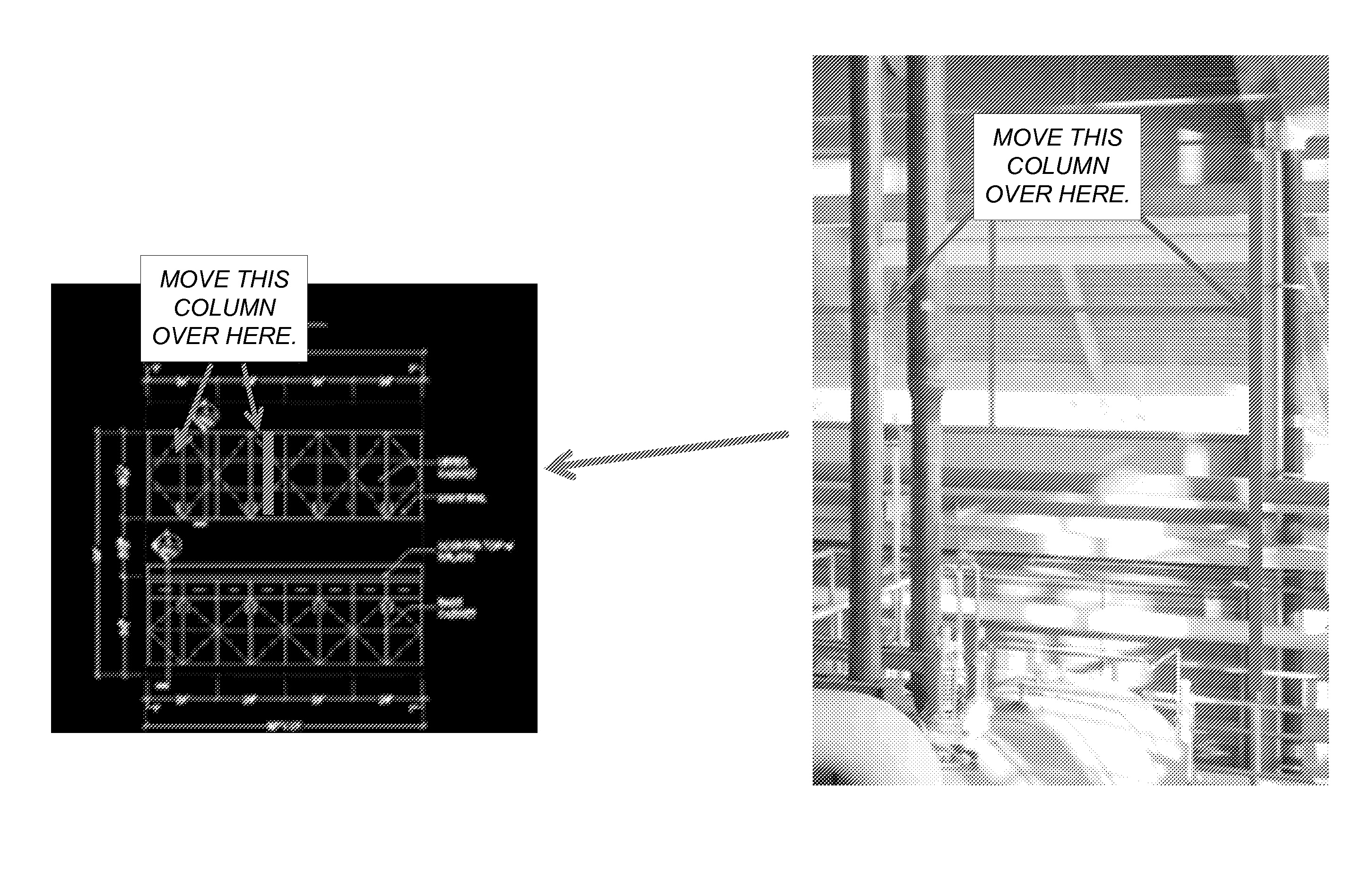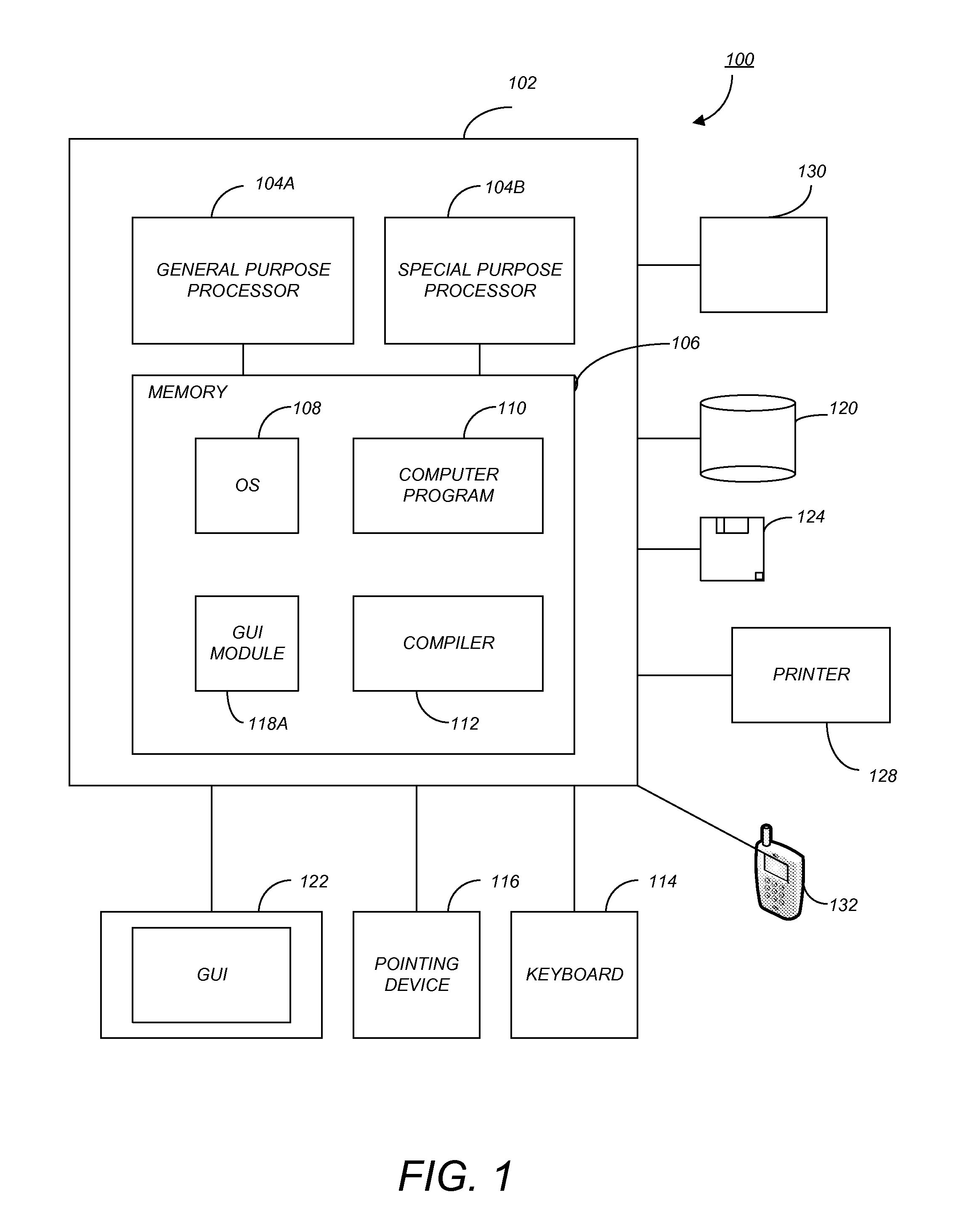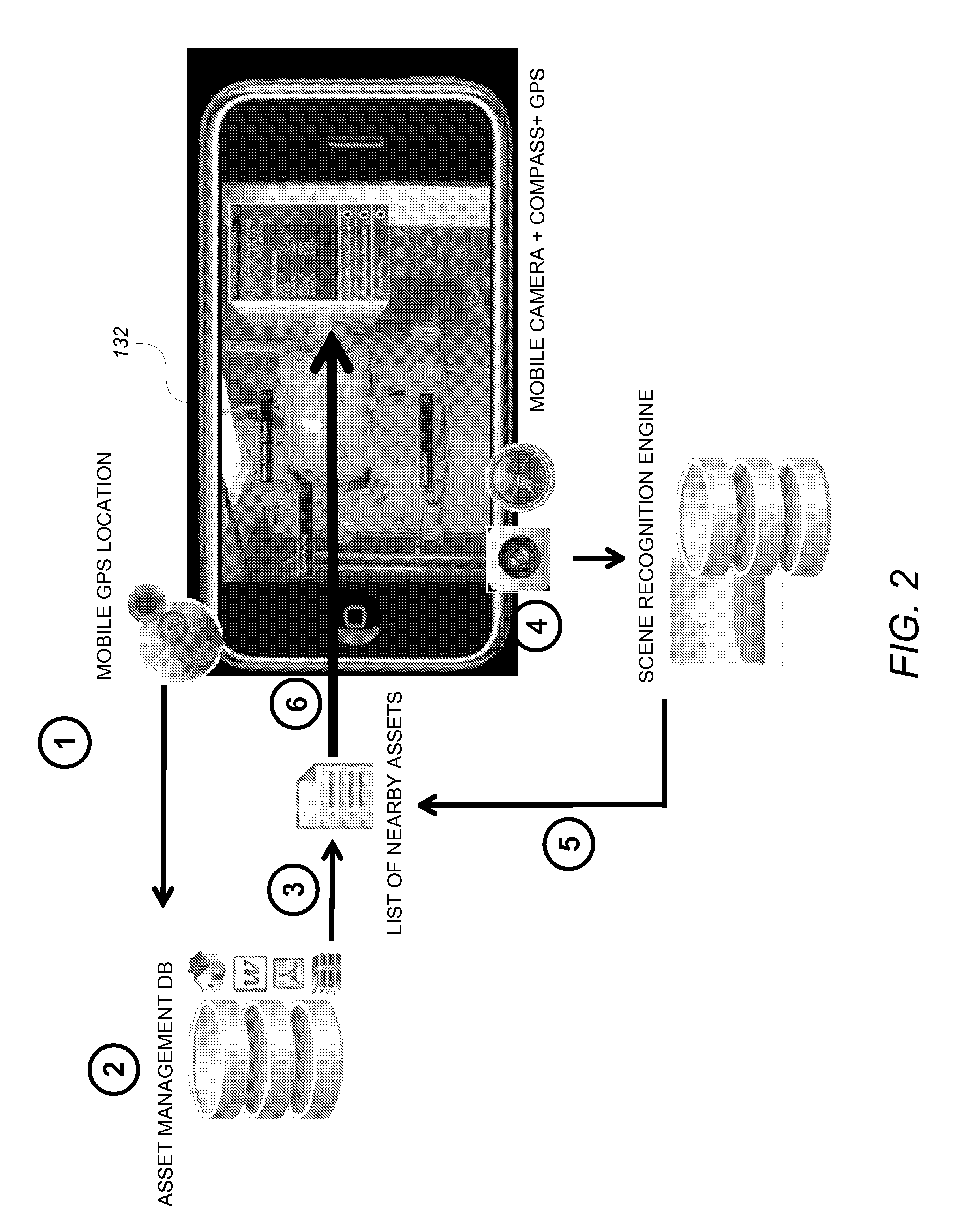Click to accept as built modeling
a built model and model technology, applied in the field of digital modeling, can solve the problems of requiring significant manual guesswork and manipulation, unable to use the information of the 3d model to create accurate model updates, and unable to meet the needs of users,
- Summary
- Abstract
- Description
- Claims
- Application Information
AI Technical Summary
Benefits of technology
Problems solved by technology
Method used
Image
Examples
Embodiment Construction
[0029]In the following description, reference is made to the accompanying drawings which form a part hereof, and which is shown, by way of illustration, several embodiments of the present invention. It is understood that other embodiments may be utilized and structural changes may be made without departing from the scope of the present invention.
Overview
[0030]As described above, prior art techniques for updating digital models are labor and time intensive—requiring one hundred percent (100%) human manipulation of as-built data (point cloud, laser scan or image). Embodiments of the invention require zero percent (0%) human manipulation of as-built data.
[0031]Think about a very simple corollary of orienting a photograph so that up is up. Such orienting may be performed two ways: (1) The photo is presented the same way regardless of camera orientation where the photo is manually rotated (manipulated) to the right orientation; or (2) all four (4) orientations are provided and the user c...
PUM
 Login to View More
Login to View More Abstract
Description
Claims
Application Information
 Login to View More
Login to View More - R&D
- Intellectual Property
- Life Sciences
- Materials
- Tech Scout
- Unparalleled Data Quality
- Higher Quality Content
- 60% Fewer Hallucinations
Browse by: Latest US Patents, China's latest patents, Technical Efficacy Thesaurus, Application Domain, Technology Topic, Popular Technical Reports.
© 2025 PatSnap. All rights reserved.Legal|Privacy policy|Modern Slavery Act Transparency Statement|Sitemap|About US| Contact US: help@patsnap.com



